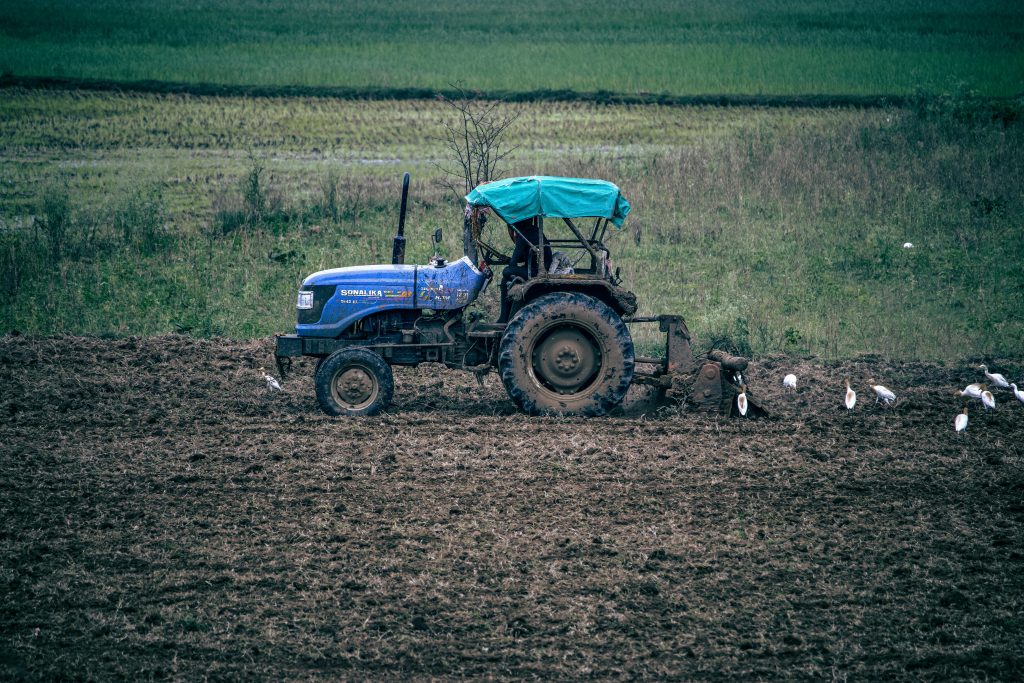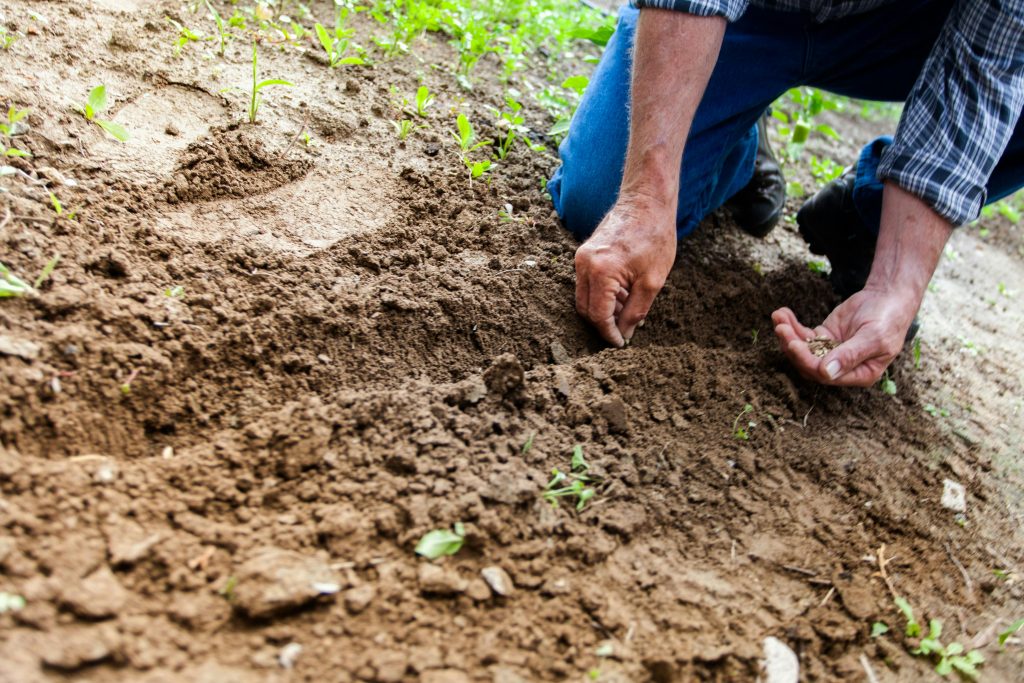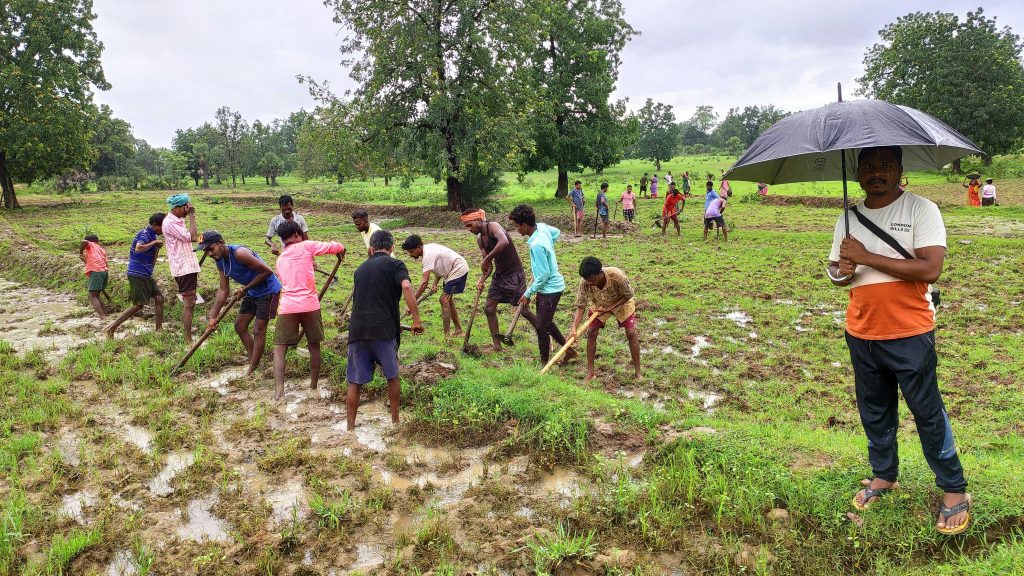Agriculture in India 2025: From Grain to Gourmet

By Irfan Ahmad, Product Lead, RMSI Cropalytics
India’s agriculture has undergone a remarkable transformation in the past decade. Adjusted for inflation, the gross value of output (GVO) from agriculture and allied sectors has increased by over 50%, rising from ₹19.08 lakh crore in 2011–12 to ₹29.49 lakh crore in 2023–24 (knnindia.co.in) This growth, at roughly 3.7% per year in real terms, is impressive given the challenges of erratic monsoons and a pandemic. What’s even more fascinating is how this growth happened, not just more grain in the barn, but a shift toward higher-value produce on the plate. India’s farm landscape is moving “from grain to gourmet,” with fruit orchards, vegetable plots, and livestock sheds contributing more to rural incomes than ever before.
A quick look at the numbers shows the intensity of this boom. Farm output isn’t just larger, it’s broader. Traditional crop staples, such as cereals (rice, wheat, maize, etc.), grew in value by about 27% over the decade, but high-value horticulture crops (fruits and vegetables) grew by 52%, nearly twice as fast. Livestock output (milk, eggs, meat) also surged, nearly doubling in value by some estimates, while fishing and aquaculture steadily increased their share. In 2023-24, crops still made up the majority (around 54%) of agricultural output by value, but within that, the composition has shifted significantly. It’s not just more output, it’s different output. What farmers grow and sell today is more diversified than it was a decade ago, indicating a qualitative change in Indian agriculture. In other words, the story is not only about growing more food but about growing more valuable food.
High-Value Crops Lead Agricultural Growth
One of the most striking trends is the rise of high-value horticulture. Indians are growing and consuming more fruits, vegetables, and specialty crops than ever, and it is visible in the numbers. The combined value of fruits and vegetables output now rivals and even exceeds that of all cereals. Staple grains like paddy (rice) and wheat still contribute the largest chunk of any single crop, but they’re no longer growing the fastest. Crops like mangoes, bananas, and even ornamental flowers have been gaining economic significance, reflecting changing market demand factly.in According to the MoSPI report, floriculture had the highest percentage jump among crop categories, nearly doubling in value from 2011-12 to 2023-24. Flowers are a relatively small segment; this growth underscores how farmers are finding new avenues beyond traditional grain fields.

Several niche but high-reward crops have seen explosive growth. Take strawberries, a once-rare fruit, now a trendy high-value crop. GVO for strawberries surged over 40-fold in real terms, from ₹1.3 crore in 2011-12 to ₹55.4 crore in 2023-24 (agritimes.co.in). In nominal terms, that’s an 80-fold leap, indicating booming demand and prices. Pomegranates, popular at home and abroad, saw output value quadruple to over ₹9,200 crores. Pumpkins and parmal (pointed gourd) climbed tenfold, and mushroom cultivation grew over three and a half times to ₹1,704 crores. Even as spices surged, dry ginger’s value rose 285% to over ₹11,000 crores.
These spectacular rises illustrate how Indian agriculture is branching out into more lucrative products. Farmers are effectively moving up the value chain; an acre of strawberries or spices can now earn many times what an acre of wheat would, and farmers are noticing.
Meanwhile, the share of cereals in overall agricultural output has been shrinking. A decade ago, cereals (all grains together) made up about 17.6% of India’s agricultural GVO; now that share is down to 14.5%. This doesn’t mean cereal production has fallen in absolute terms; notably, rice and wheat production have continued to grow slowly, but other segments like horticulture have grown faster, diluting the cereals’ share. Even within the cereals category, there’s an interesting mini shift: coarse cereals like millets (bajra, jowar, ragi) and maize have gained new prominence. With global interest in “nutri cereals” for health and initiatives like the UN declaring 2023 as the International Year of Millets, the value of output from coarse grains more than doubled over the decade.
Livestock Boom: Rising Demand for Protein Drives Change
Livestock has been a major growth story alongside India’s farm revival. Dairy, India’s largest agricultural product by value and backed by its position as the world’s top milk producer, has grown steadily. But the past decade’s star is meat. Rising consumption of eggs, chicken, and other meats in both urban and some rural areas pushed meat’s share of total farm output from about 5% to 7.5% between 2011-12 and 2023-24, a big shift at the national level. Poultry farming and aquaculture have expanded to meet this protein demand, while fisheries hit record highs, with more coastal and marine catch boosting value alongside inland aquaculture. Today, livestock and fisheries together account for about a third of farm output value, as more farmers adopt animal husbandry to diversify incomes and feed the growing appetite for protein.
Changing Indian diets are reshaping farm output. People now eat a wider variety of nutrient-rich foods and rely less on cereals. Household data shows the share of cereals in rural spending fell from 10.7% to 4.9% over the past decade, as spending rose on vegetables, fruits, dairy, pulses, and meat. Fresh fruit consumption in rural homes jumped from 64% in 2011-12 to over 90% in 2022-23, though it still takes just 2.6% of the food budget. This shift, in line with Engel’s Law, reflects rising incomes and awareness, more milk in tea, more eggs, vegetables, and fruit in daily diets. Farmers are responding by moving from grain-heavy production to horticulture, dairy, poultry, and other high-value sectors, making India’s plate more colorful, protein-rich, and consumer-driven.
Implications: Agribusiness, Policy, and Farm Strategy
India’s evolving agricultural output, both in value and variety, offers key lessons for agribusiness and policymakers. Below are a few key takeaways on how farming strategies and policies might pivot in response to this decade of change:

Diversify for Higher Incomes: The data make a strong case for crop diversification. Farmers who move beyond the old rice-wheat cycle into high-value crops can tap into growing markets and better incomes. Whether it’s cultivating fruits, vegetables, spices, or florals, diversification is proving to be not just a risk mitigation strategy but a profit strategy. The traditional focus on cereals (often supported by government minimum prices) served food security goals, but now there’s a payoff in diversifying into produce that consumers are willing to pay a premium for. Agribusiness can enable this shift by offering quality inputs and building value chains to market alternative crops.
Farm with Markets in Mind: The rise of horticulture and animal produce underlines the need for market linked farming. Unlike grains, which the government procures heavily, many of these high-value items depend on efficient markets. This means improving the supply chain, better storage, refrigeration, processing facilities, and direct links between farmers and buyers (through farmer-producer companies, cooperatives, or contract farming). For agribusinesses, there are opportunities to invest in logistics, food processing, and retailing of these perishables. For policymakers, it’s crucial to ensure farmers have access to markets and price information for their new crops. Successful cases like strawberry or mushroom farming thrive where farmers find urban buyers or processors.
Align Agriculture with Nutrition Goals: Agricultural policy should now focus on nutrient security, not just calorie security. India has historically been fixated on calorie security, but the next era is about nutrient security. With more fruits, veggies, and protein on the menu, policies could encourage production of these items in deficit areas and make them more accessible to all. For instance, kitchen garden initiatives, horticulture missions, and incentives for pulses and millets are steps in this direction. School midday meals and public distribution systems might diversify their baskets (e.g., including millets or eggs) to create steady demand for nutritious foods. The government can also boost R&D for such crops and support farmers with extension services specific to horticulture and livestock.
Navigating the New Landscape with Smarter Insights
As India’s farms diversify, planning, monitoring, and decision-making have become more complex. Here, data-driven agri intelligence is a game changer. Leveraging multi-source satellite data, advanced modelling, and on-ground intelligence, RMSI Cropalytics helps stakeholders identify available untapped acreage, anticipate production shifts, and make timely interventions.

Our approach goes beyond basic crop monitoring. By combining AI-powered analytics with years of agronomic expertise, we enable clients to track acreage, monitor in-season risks, and even optimize territory planning for more effective resource allocation. This isn’t about replacing traditional knowledge; it builds on it, giving farmers, businesses, and policymakers a clearer, data-driven picture of what lies ahead.
In a decade where Indian agriculture has moved “from grain to gourmet,” the ability to navigate this change with timely hyperlocal intelligence could well define the next wave of growth for the sector.

You must be logged in to post a comment.